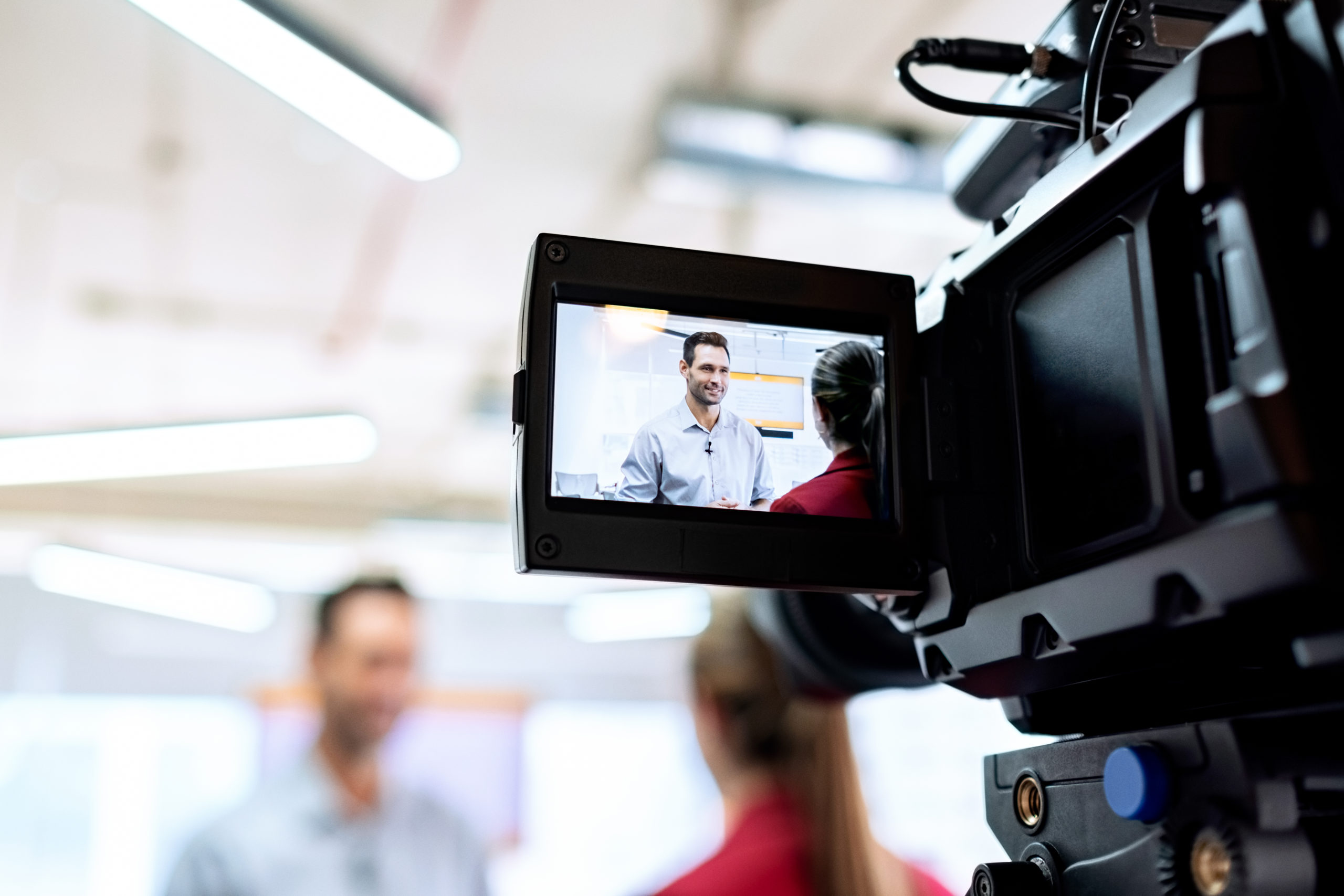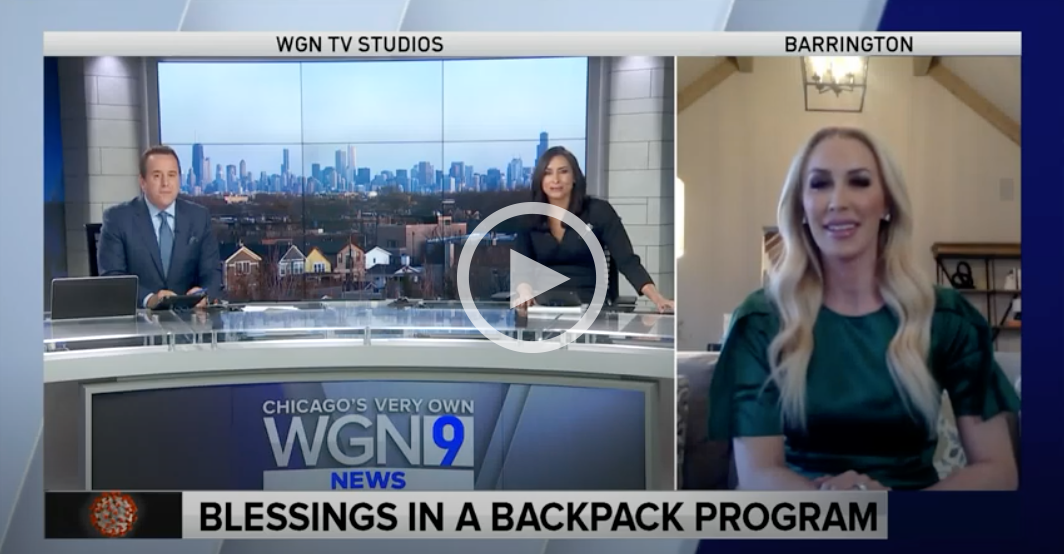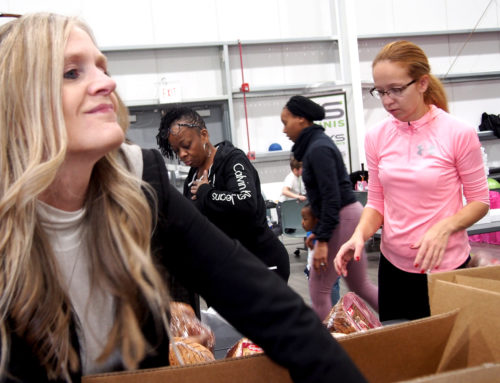Public speaking, such as broadcast interviews, can be nerve-wracking, even for the most experienced person. There are a few ways you can prep yourself or your client to be an effective communicator on TV, or for any video interview. Blu Sky Creative recently helped a not-for-profit client prep for an appearance on a Chicago network evening news show. The client was invited to talk about how her charity was helping feed children in need during the COVID-19 school closings. It was an important story to tell and getting the message out via broadcast helped put it out to a much broader audience. We followed these simple steps to help our client prepare:
1) Lay the groundwork.
We needed to understand the basics of the interview including the type of programming, the audience, the people being interviewed, the journalists and if they were knowledgeable on the topic. We also had to ask if the interview was live or taped, edited or unedited, in studio, on-location or remote. If remote, what format will they use for the interview? In this instance, the interview was via Skype. All these basic points are very important and will help get your client ready for what’s to come.
2) Prep before the interview.
The day before the interview or at least several hours in advance, it’s important to prep. Get an understanding of the story line so you can start thinking about how to convey your message and the content. If possible, get a list of the questions to be asked. This is helpful so you can create a question and answer guide. Since broadcast interviews are brief and the time is limited, pick two or three key points to cover. Focus on refining these messages. You may be asked questions that are “off the script” – try to anticipate what these questions might be. Write down the questions and the answers. It’s always better to be over-prepared than caught off guard.
3) Practice makes perfect.
Use your Q&A guide and ask your client the questions – have them role play and give answers. During this process they can refine the messages and get comfortable with their responses.
4) Dress the part.
Wardrobes have become more relaxed. That said, it’s still important to convey the image of your company, your brand and connect with your audience. For this instance, our client was representing a charity that helps feed children and families in need. There was also going to be a request for donations. Therefore, we guided our client to dress conservatively and friendly. The interviewee should always look professional, avoid white, avoid distracting jewelry and wear contact lenses if possible (glasses can cause glare).
5) Set the stage (for your Zoom or Skype call).
If the network plans to record you via Zoom or Skype it is imperative to do a run through. Conduct a technical-run with another person in the role of the journalist. It’s best to use a laptop or desktop computer not your phone. Here are a few tips to look great on camera:
– Do not use overhead lighting, instead have a couple soft light sources behind you such as a lamp on one side and outdoor lighting on the other. Experiment in advance with the position of the light to achieve the best effect.
– Set the camera lens at eye level. You don’t want it looking down or up at you. If needed, place your laptop on a stack of books to bring the lens to eve level.
– Look at what’s behind you – don’t have too much clutter or distracting objects and artwork that will detract from your interview.
– If there are other people at home during the interview, be sure they know to stay out of the “interview space” and eliminate background noises.
6) The finishing touches.
Arrive at your in-person or online interview early so you have less stress. During your interview sit up straight, but don’t be too stiff and keep your gestures small and natural. Your expressions should match your messages; smile if appropriate and keep a pleasant expression at all times. Avoid signs of nervousness, tapping feet, hands and shifting back and forth. Try to avoid overlapping the interviewer – wait for the question to be completed before you answer. It’s normal to be nervous, think of the interview as a conversation and keep it positive!
Take a look at the interview which inspired this article:
Do you feel like your upcoming media coverage could use some help? Follow these simple steps and rock your next interview. Or you can contact us! We’d love to give you a hand.






